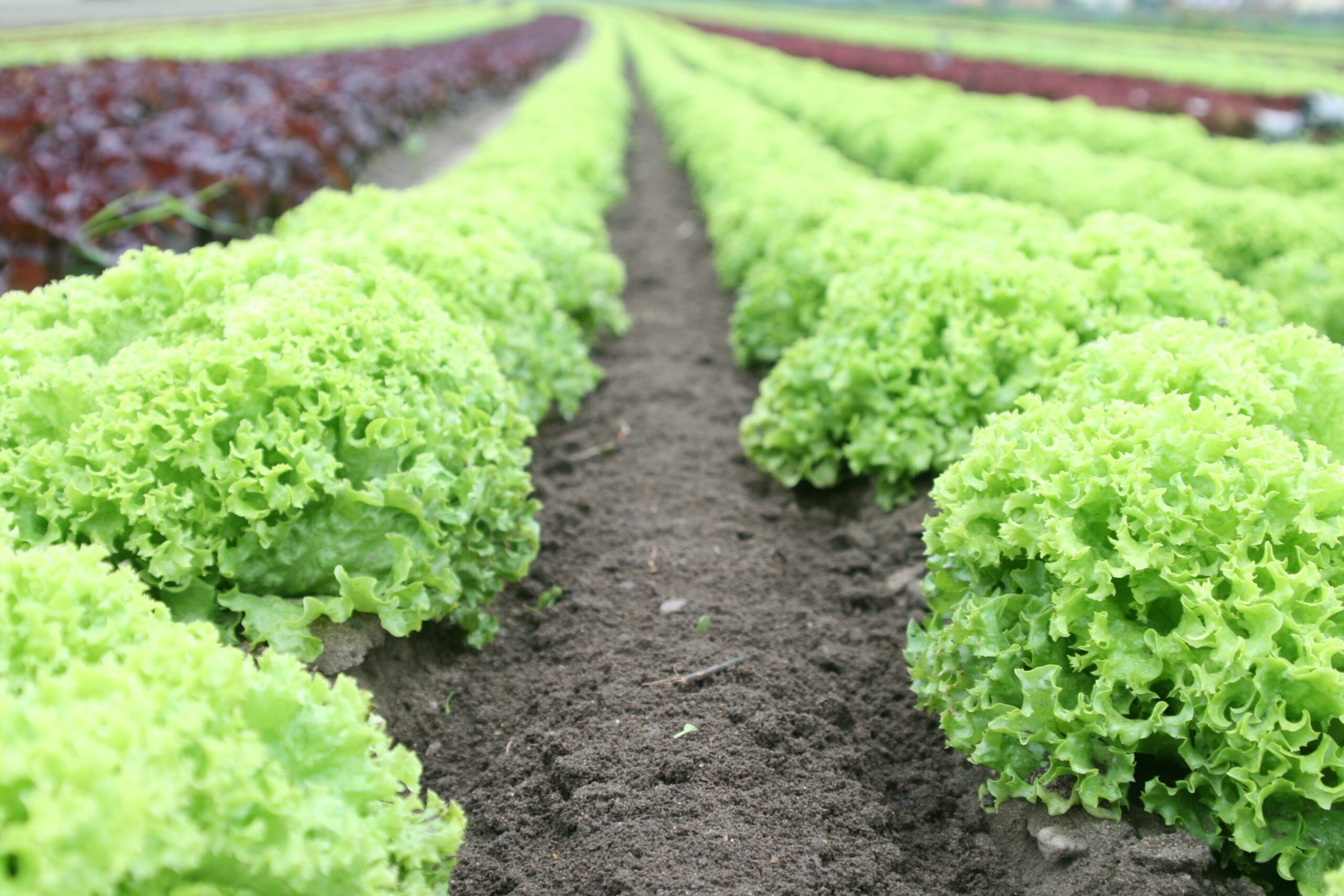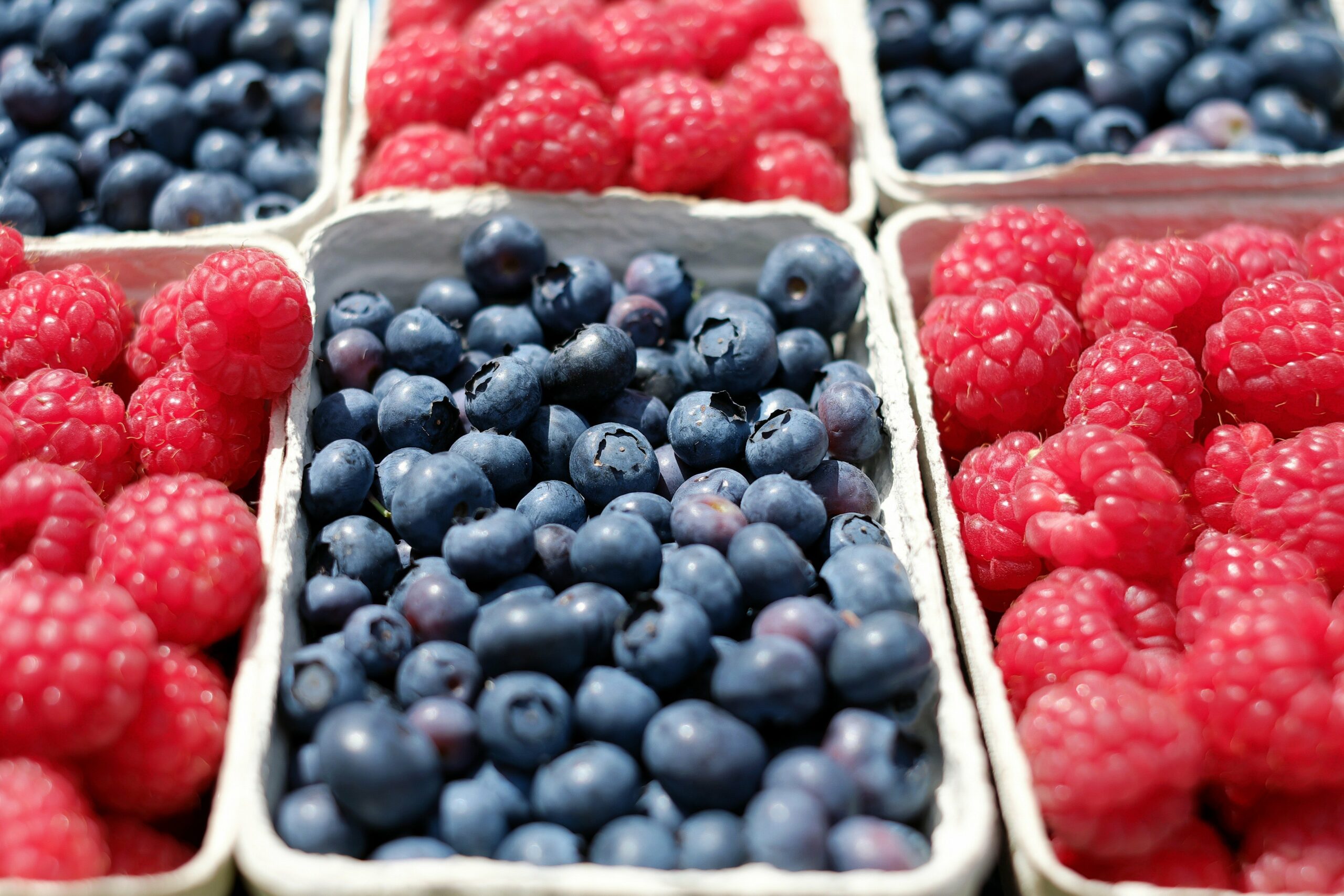Our Secret for How to Prioritize Buying Organic Produce
Remember: leafy berry skins
No matter where you turn everyone has suggestions for how to prioritize when to shop organic. Some swear by the dirty dozen (props to you if you can remember a dozen different fruits and veggies – I sure can’t) other say just do what you can. While that advice is a start, sometimes we get confused and want a little bit of guidance. So, we went through the dirty dozen and other lists to break it down into a silly 3 word phrase. Like when you had to study vocab in school and you would make up stories, leafy berry skins helps us remember the 3 things to opt organic for in the produce section. Leafy greens, berries of all kinds, and things with skin you eat.

1) Leafy greens – especially spinach
When it comes to choosing organic, leafy greens are high on the list because the pesticides used on regular options are sprayed directly onto the leaves. And, because the whole point of leafy greens is that we eat those leaves, pesticides sprayed right on there means we are getting a nice dose of chemicals with our salad. Of the leafy greens, spinach is highest on the list. In one test, 97% of the spinach samples tested had pesticides on them (1) (2). So, when you’re making a salad, opt for organic greens when you can.

2) Berries
Berries are another big one when it comes to going organic. This is for the same reason as leafy greens, the pesticides are sprayed on the outside, and we eat them without doing any prep (sometimes without even washing them – they are just so poppable) . Berries also tend to be pretty small, with a large surface area, meaning there is a lot of area for pesticide per berry.
[instagram https://www.instagram.com/p/BeULbFfACWa/?taken-by=imperfectproduce expand=1]
3) Fruits and veggies where you eat the skin
Think things like apples, grapes, nectarines, tomatoes, and potatoes. Just like leafy greens and berries, fruits and veggies with thin skins that we eat are often covered in pesticides. Even though they have a skin, we usually don’t take the skins off of these fruits and veggies. Not sure about you, but I’m not peeling my grapes. Because we don’t usually take those skins off, the chances are high that we are eating at least some of the chemicals sitting on the skin when we eat the fruit.
While it sounds a little funny, when you are walking through the grocery store or farmers market, you’ll know what we mean. Just ask yourself, do I normally peel this? If the answer is no, see if you can find an organic option of the same thing or choose a different product you can use instead like bananas, cauliflower (those leaves around the bottom help protect it), watermelon, corn, avocados.
If that feels like a switch to a lot of organic produce for you, try looking in the frozen section. Many fruits and veggies freeze really well and the organic options there are often less expensive. You can also easily wash a bunch of fruits and vegetables and in a simple bath of water and baking soda to remove some of the pesticides, too (2).
References
(1) https://www.ams.usda.gov/sites/default/files/media…
(2) https://www.ewg.org/foodnews/dirty-dozen.php
(3) https://www.consumerreports.org/pesticides-herbici…
